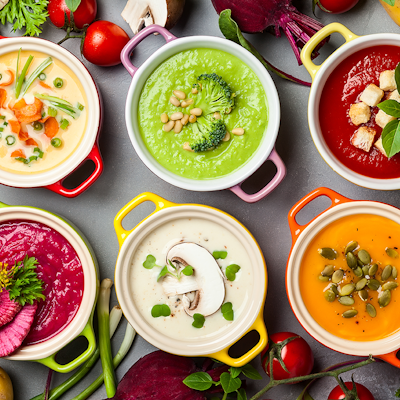Your English Wine Cheat Sheet
England doesn’t exactly trip off the tongue as one of the world’s foremost winemaking nations. France yes, Spain sure. Argentina, Chile, Australia, America… you get the picture.
And yet the English wine industry is an extremely exciting one, celebrated from the end of May through the first week of June each year during English Wine Week.
Usually this means some of the country’s finest wineries opening their doors to the public and hosting activities from ‘bud-rubbing’ to bike rides, but for 2020 the festivities are understandably moving online – you can take part in the biggest ever collective English and Welsh Wine tasting from the comfort of your own home, or listen to Episode 5 of the Erudus Podcast where host Andrew is investigating the art of domestic wine.
And to get you in the mood we’ve put together a list of the good, the bad and the unexpected when it comes to the English wine industry. So grab a glass of your favourite and read on…
The term English wine refers to wine produced in England… and Wales. Why? The more apt British wine generally refers to wine that’s made in Britain using imported grapes and that stuff isn’t too popular with much of the industry.
In 2018, UK Vineyard Association put forward the name British fizz for regulatory approval (to make it the official term), although many English and Welsh vineyards produce still wine as well as sparkling.
There are over 450 vineyards in England and Wales, several of them internationally award-winning.
Most sources estimate there are around 3.15m bottles of English wine produced a year – and yes, that’s quite a lot for a country better known for its lager worship.
Chardonnay, Pinot Noir and Bacchus, Pinot Meunier and Ortega are the most popular grapes varieties grown in English vineyards. How continental.
Welsh vineyards were first planted by Romans, but the first of the modern vineyards were primarily built in the seventies.
You can probably guess that the warmer, drier climates of England’s South and Southeast regions makes places like Hampshire, Sussex and Kent our wine-growing hotspots, but nobody need feel left out – there are vineyards all over the country, in Wales, and as far North as Leeds in Yorkshire.
England is particularly known for its sparkling wine and even the purists want in – French firm Champagne Taittinger owns an English vineyard, which they recently expanded.
Traditionally, chilly little England was seen as less than ideal for wine production. And yet it’s an industry on the rise – partly due to Global Warming, ahem, recent warmer summers.
On the other hand the current trend for purchasing local food and drink, and reducing one’s carbon footprint has been great for boosting the popularity of domestic wines.
In 2018 Chapel Down in Kent was named the largest vineyard and winery in England.
Over 40 vineyards in England are mentioned in the Domesday Book. But forget images of an early boozy Britain – much of what was being produced was for communion wine for the Eucharist.
In 1509, when Henry VIII was crowned, 11 of the nation’s 139 vineyards produced wine for the royal household.
English wine suffered from epidemics of phylloxera and powdery mildew in the mid-19th century – brought back by the explorers of New America. Then in 1860, things got even worse when the government cut tax on imported wine and English wine was outpriced and outmatched by its foreign competitors.
In 2011, he Duchess of Cornwall became the new President of the United Kingdom Vineyards Association. We always did like Camilla…
The fancy people at Tatler magazine love English sparkling wine, dubbing it “the most refreshing of aperitifs to enjoy in a shapely flute – possibly enhanced with a drop of crème de cassis.” They go on to say that “Geological mapping has proved that the chalky grounds of the South Downs are identical to that of the best vineyards in Champagne.”
English sparkling wine from Coates and Seeley is served at no less than 3 Michelin starred restaurants.
English wine’s biggest export market is the US, with only around 8 percent of all wine grown and produced in the UK exported. Good news for winemakers though – this is anticipated to grow to 30% – 40% by 2040.*
*https://www.wineinvestment.com/wine-blog/2019/05/everything-you-need-to-know-about-english-wine



